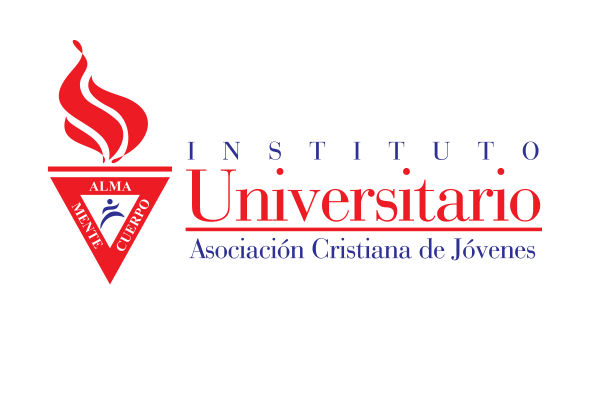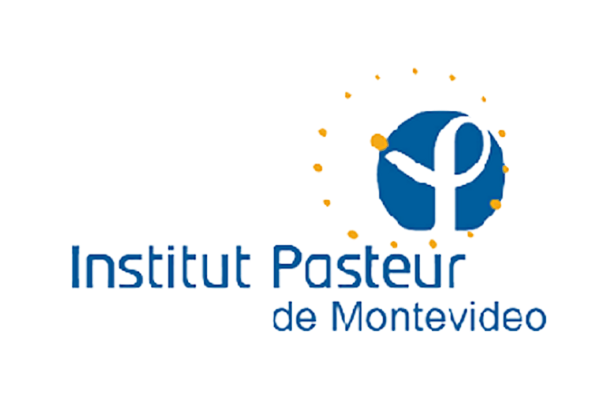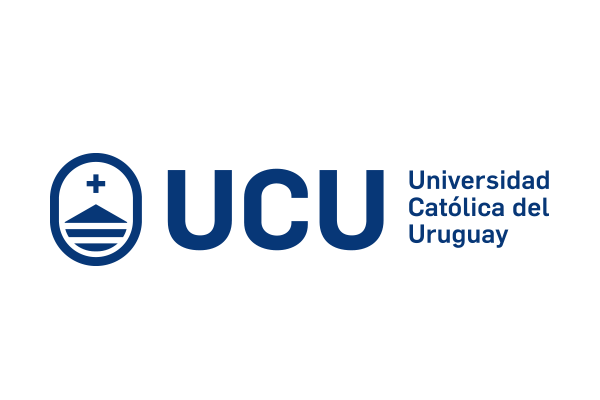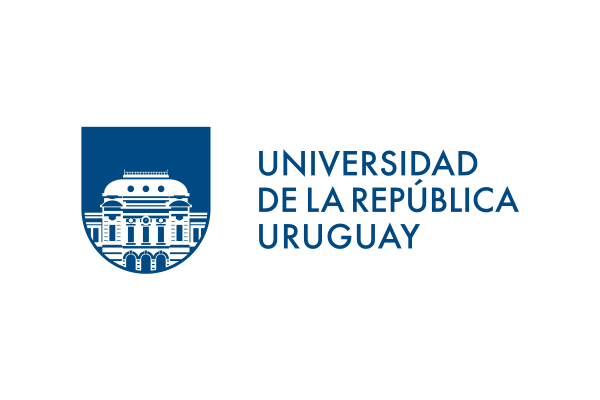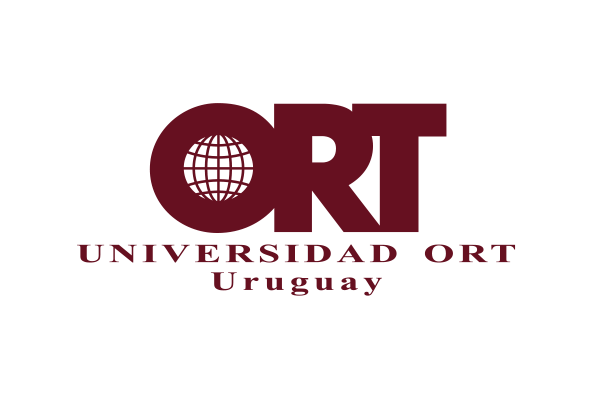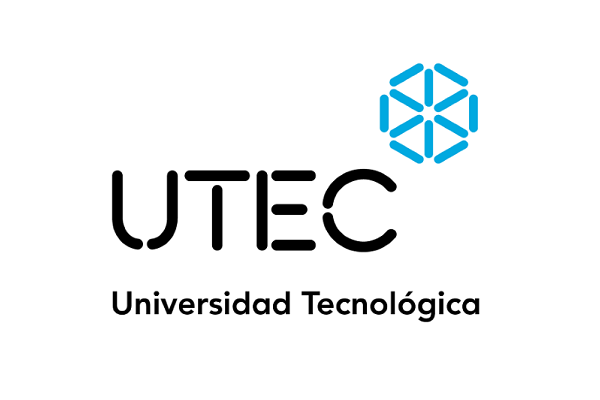Does Cryopreservation Affect the Biological Properties of Stem Cells from Dental Tissues? A Systematic Review
Resumen:
This systematic review evaluated if different cryopreservation protocols could affect biological properties (Cell survival rate (CSR), proliferation, differentiation, maintenance of stem cell markers) of stem cells obtained from dental tissues (DSC) post-thaw. An electronic search was carried out within PubMed and ISI Web Science by using specific keyword. Two independent reviewers read the titles and abstracts of all reports respecting predetermined inclusion/exclusion criteria. Data were extracted considering the biological properties of previously cryopreserved DSCs and previously cryopreserved dental tissues. DSCs cryopreserved as soon as possible after their isolation presents a CSR quite similar to the non-cryopreserved DSC. Dimethyl sulfoxide (DMSO) [10%] showed good results related to cell recovery post-thaw to cryopreserve cells and tissues for periods of up to 2 years. The cryopreservation of DSC in a mechanical freezer (-80°C) allows the recovery of stem cells post-thaw. The facilities producing magnetic field (MF), demand a lower concentration of cryoprotectant, but their use is not dispensable. It is possible to isolate and cryopreserve dental pulp stem cell (DPSC) from healthy and diseased vital teeth. Cryopreservation of dental tissues for late DSC isolation, combined with MF dispensability, could be valuable to reduce costs and improve the logistics to develop teeth banks.This systematic review evaluated if different cryopreservation protocols could affect biological properties (Cell survival rate (CSR), proliferation, differentiation, maintenance of stem cell markers) of stem cells obtained from dental tissues (DSC) post-thaw. An electronic search was carried out within PubMed and ISI Web Science by using specific keyword. Two independent reviewers read the titles and abstracts of all reports respecting predetermined inclusion/exclusion criteria. Data were extracted considering the biological properties of previously cryopreserved DSCs and previously cryopreserved dental tissues. DSCs cryopreserved as soon as possible after their isolation presents a CSR quite similar to the non-cryopreserved DSC. Dimethyl sulfoxide (DMSO) [10%] showed good results related to cell recovery post-thaw to cryopreserve cells and tissues for periods of up to 2 years. The cryopreservation of DSC in a mechanical freezer (-80°C) allows the recovery of stem cells post-thaw. The facilities producing magnetic field (MF), demand a lower concentration of cryoprotectant, but their use is not dispensable. It is possible to isolate and cryopreserve dental pulp stem cell (DPSC) from healthy and diseased vital teeth. Cryopreservation of dental tissues for late DSC isolation, combined with MF dispensability, could be valuable to reduce costs and improve the logistics to develop teeth banks.This systematic review evaluated if different cryopreservation protocols could affect biological properties (Cell survival rate (CSR), proliferation, differentiation, maintenance of stem cell markers) of stem cells obtained from dental tissues (DSC) post-thaw. An electronic search was carried out within PubMed and ISI Web Science by using specific keyword. Two independent reviewers read the titles and abstracts of all reports respecting predetermined inclusion/exclusion criteria. Data were extracted considering the biological properties of previously cryopreserved DSCs and previously cryopreserved dental tissues. DSCs cryopreserved as soon as possible after their isolation presents a CSR quite similar to the non-cryopreserved DSC. Dimethyl sulfoxide (DMSO) [10%] showed good results related to cell recovery post-thaw to cryopreserve cells and tissues for periods of up to 2 years. The cryopreservation of DSC in a mechanical freezer (-80°C) allows the recovery of stem cells post-thaw. The facilities producing magnetic field (MF), demand a lower concentration of cryoprotectant, but their use is not dispensable. It is possible to isolate and cryopreserve dental pulp stem cell (DPSC) from healthy and diseased vital teeth. Cryopreservation of dental tissues for late DSC isolation, combined with MF dispensability, could be valuable to reduce costs and improve the logistics to develop teeth banks.
| 2016 | |
| Inglés | |
| Universidad de la República | |
| COLIBRI | |
| http://hdl.handle.net/20.500.12008/11112 | |
| Acceso abierto | |
| Licencia Creative Common Atribución (CC-BY) |





